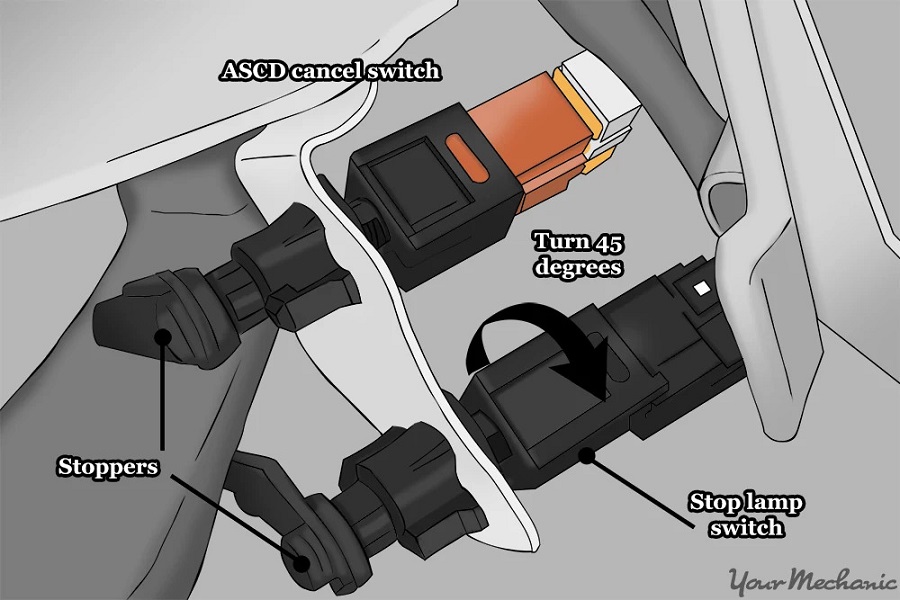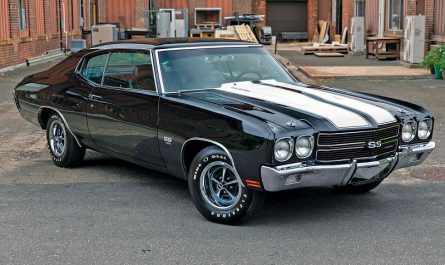Introduction
Brake light switch In the complex world of automotive engineering, often flies under the radar. Yet, this seemingly insignificant component is a silent sentinel on the road, playing a crucial role in preventing accidents and ensuring smooth traffic flow. Without it, the simple act of braking would become a dangerous guessing game for drivers behind you.
The Hidden Complexity of the Brake Light Switch
While at first glance, the brake light switch might appear as just a basic component, its design and operation involve a finely tuned balance of mechanics and electronics. This is a testament to the intricate engineering that goes into even the smallest parts of a vehicle:

1. Mechanical Activation
The brake light switch is typically located near the brake pedal, where it remains passive until the moment you apply pressure. In some vehicles, this activation is achieved through a direct mechanical link—like a lever that physically pushes the switch. In others, it might involve more advanced mechanisms such as hydraulic pressure sensors that detect changes in brake fluid pressure, translating this into an electrical signal.
2. Electrical Circuitry
Once the brake light switch is engaged, it completes an electrical circuit that sends power to the brake lights. This part of the process is often more sophisticated than it seems. The circuit must handle varying voltage levels, resist wear from frequent use, and operate in tandem with other systems in the vehicle, like the anti-lock braking system (ABS) or electronic stability control (ESC).
The Overlooked Consequences of a Faulty Brake Light Switch
A malfunctioning brake light switch isn’t just a minor inconvenience—it’s a significant safety hazard. The implications extend beyond just your vehicle and can affect traffic patterns and road safety in broader, sometimes unexpected, ways:
1. Increased Risk of Rear-End Collisions
If your brake lights don’t activate when they should, drivers behind you are left unaware of your braking intentions. This split-second lack of communication can be the difference between a safe stop and a dangerous rear-end collision, particularly in high-speed traffic or poor visibility conditions.
2. Disruptions in Traffic Flow
Traffic is a finely-tuned system where predictability and communication between drivers are key. Inconsistent brake light switch behavior can lead to abrupt stops, causing a ripple effect that disrupts traffic flow, increases the likelihood of traffic jams, and escalates driver frustration.
3. Potential Legal and Financial Repercussions
In many jurisdictions, driving with non-functional brake lights is not just unsafe—it’s illegal. This can lead to traffic stops, fines, and even higher insurance premiums if a faulty brake light switch contributes to an accident.
Proactive Maintenance: A Key to Preventing Issues
Maintaining your brake light switch is just as crucial as caring for more prominent parts of your vehicle. Regular checks and timely replacements can prevent many of the issues associated with a failing switch:
1. Routine Inspections
Incorporate brake light checks into your regular vehicle maintenance routine. You can easily do this at home by simply pressing the brake pedal while parked and having someone else confirm whether the brake lights illuminate correctly. If you’re driving alone, using a reflective surface or a garage door can help you see the lights.

2. Understanding Your Vehicle’s Warning Signs
Modern vehicles often come equipped with diagnostic systems that can alert you to potential issues with your brake lights. Pay attention to dashboard indicators and address any warning lights promptly.
3. Considering the Age of Your Vehicle
Older vehicles are more prone to brake light switch issues due to wear and tear. If your car is over a decade old, it might be wise to preemptively replace the switch, especially if you’ve noticed any intermittent issues.
The Evolution of Brake Light Systems: Looking to the Future
As automotive technology continues to evolve, so too does the role of the brake light switch. It’s no longer just a simple on-off mechanism but a component integrated into increasingly sophisticated systems designed to enhance safety and efficiency:
1. Intelligent Brake Systems
Emerging technologies like predictive braking systems use data from various sensors, including those connected to the brake light switch, to anticipate and respond to driving conditions. For instance, in vehicles equipped with forward collision warning systems, the brake lights may activate even before the driver fully depresses the pedal, providing an early warning to others on the road.
2. Integration with Autonomous Driving Technologies
In semi-autonomous and fully autonomous vehicles, the brake light switch is part of a complex network of systems that communicate with external infrastructure, like traffic signals and other vehicles. This ensures that even in the absence of direct human control, the vehicle can safely navigate traffic while signaling its intentions clearly to other road users.
3. Eco-Friendly Innovations
Some hybrid and electric vehicles use regenerative braking systems, which convert the energy from braking into electrical energy to recharge the battery. In these vehicles, the brake light switch plays a critical role in ensuring that the brake lights illuminate even during regenerative braking, which might not involve the traditional brake pedal action.
Final Thoughts
The brake light switch, while often taken for granted, is an essential guardian of road safety. Its role extends beyond simply illuminating brake lights; it is integral to a broader system of communication between vehicles, ensuring that drivers can navigate the roads safely and efficiently.
Conclusion
By staying informed about how this small component works, recognizing the signs of potential failure, and taking proactive steps to maintain it, you contribute not only to your safety but to the overall well-being of everyone on the road. As vehicles continue to evolve, so too will the brake light switch, adapting to new technologies and challenges while remaining a cornerstone of automotive safety.


